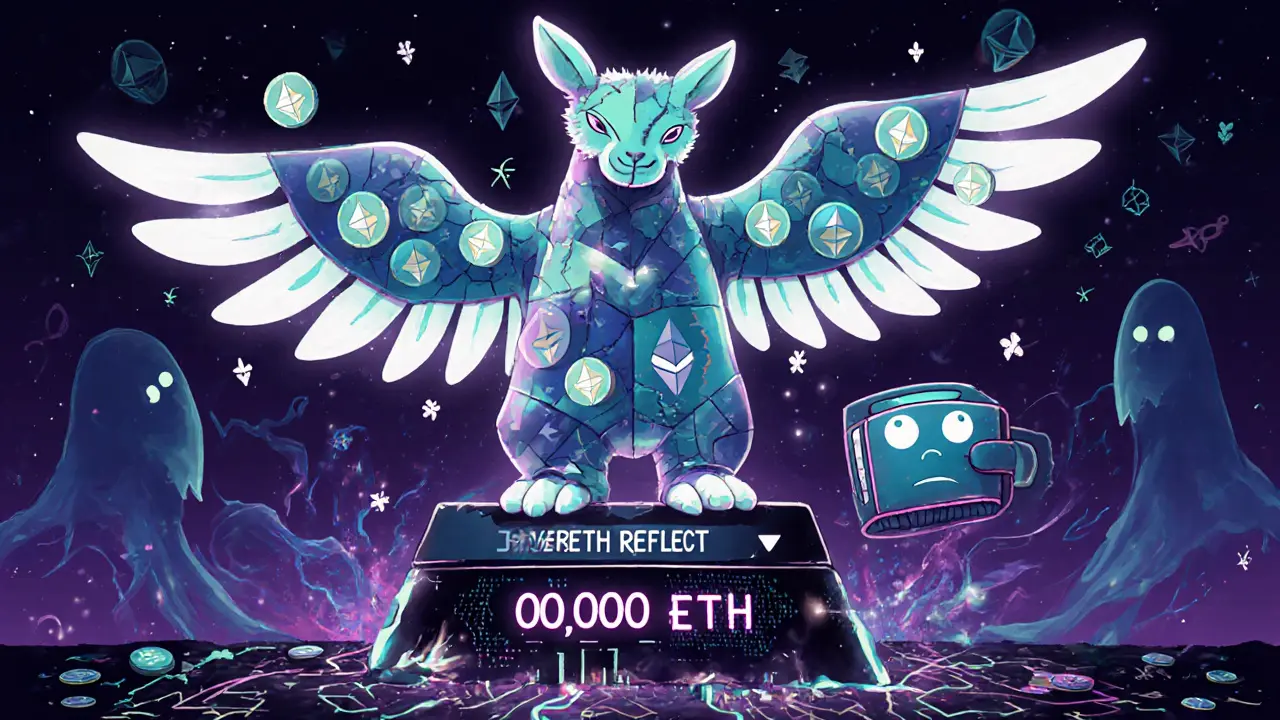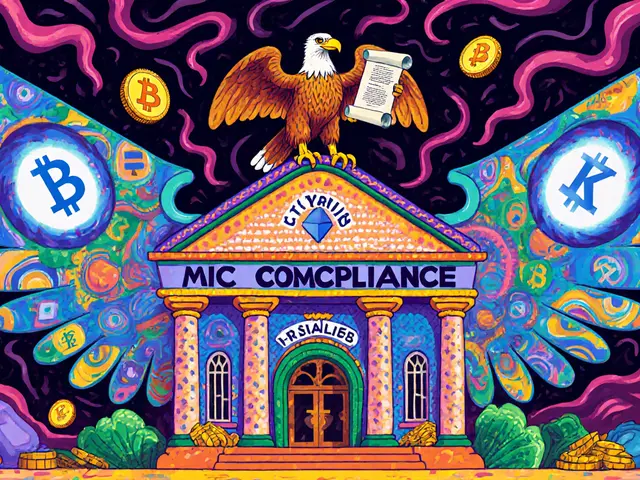EverETH Reflect: Understanding the Token, Its Risks, and Why It Vanished
When you hear EverETH Reflect, a token that claimed to reward holders with automatic reflections on Ethereum. Also known as EverETH, it was marketed as a passive income play — but it never delivered. Unlike real DeFi tokens with working contracts and active communities, EverETH Reflect was a ghost project: no team, no roadmap, no updates. It vanished without a trace, leaving behind empty wallets and confused holders.
It’s not alone. Projects like LACE airdrop, a promised token from Lovelace World that never materialized, and CryptoTycoon (CTT), a fake airdrop designed to steal private keys, follow the same pattern. They lure people with promises of free tokens, high yields, or exclusive access — then disappear. These aren’t bugs in the system. They’re features of a wild west crypto market where anonymity is weaponized. EverETH Reflect didn’t fail because of bad code. It failed because it was never meant to exist.
What makes these tokens dangerous isn’t just the money lost. It’s the erosion of trust. People see a token with a catchy name, a shiny website, and a promise of passive income — and they jump in. They don’t check the contract. They don’t look for audits. They don’t ask who’s behind it. And when the token drops to zero, they’re left wondering if crypto itself is a scam. It’s not. But projects like EverETH Reflect make it feel that way.
If you’re looking at a token that says "reflect" or "auto-staking" or "limited supply," ask yourself: where’s the real utility? Is there a team you can verify? Is there any on-chain activity beyond the initial launch? Did anyone actually use it? EverETH Reflect had none of that. Neither did Franklin (FLY), BSClaunch (BSL), or AmpleSwap (new) (AMPLE). These aren’t anomalies. They’re the norm in the low-cap crypto graveyard.
You’ll find dozens of posts below that dig into exactly these kinds of projects — the ones that looked promising but turned out to be empty shells. Some are meme coins with zero code. Others are airdrops that never happened. A few are exchanges with no users and no transparency. Each one teaches you the same lesson: if it sounds too easy, it’s probably a trap. The real winners in crypto aren’t the ones chasing quick flips. They’re the ones who learn to spot the ghosts before they buy in.










